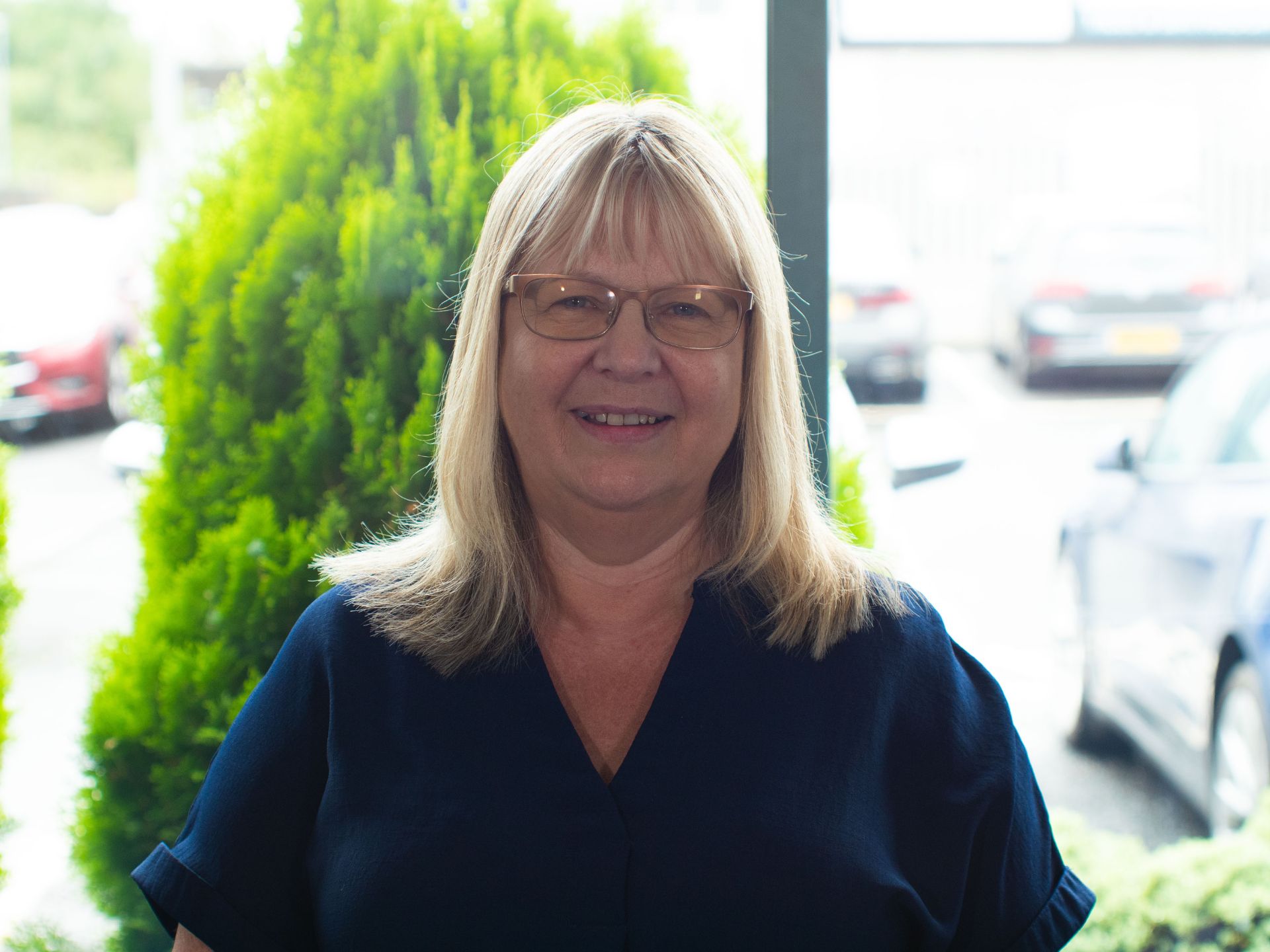One of the many criticisms aimed at the High Income Child Benefit Charge (HICBC) is that anyone caught by the charge needs to submit a self-assessment tax return even if all of their tax is collected under PAYE. However, this is set to change.
The government has announced that employed individuals will, in future, be able to pay the HICBC through their PAYE tax code without the need to register for self-assessment. The statement in July on draft Finance Bill legislation from Victoria Atkins, the Financial Secretary to the Treasury, didn’t give a date for the change, but said details would be released “in due course”.
The change will be particularly welcome for those earning just over £50,000 who have to go through the self-assessment process just to report and repay a small amount of child benefit.
Child benefit
For 2023/24, a child benefit of £24.00 a week is paid for the first child, with £15.90 a week paid for each subsequent child. Child benefit is paid regardless of income, so the HICBC is the government’s way of reducing the amount paid to higher earners.
The charge
The HICBC can come into play when an individual – or their partner – receives child benefits and their annual income exceeds £50,000.
The charge removes 1% of child benefit for every £100 of income over £50,000
Once income reaches £60,000, the charge is 100% so the amount of child benefit is essentially reduced to nil
For those with several children, the HICBC can result in a high effective marginal tax rate
For 2020/21, some 355,000 individuals were hit by the charge, with a high proportion having been subject to compliance checks by HMRC for failing to register for self-assessment. Despite the HICBC being in place since 2013 – and with HMRC running various publicity campaigns – there is still a general lack of awareness.
Although HMRC has adopted a more lenient attitude towards HICBC penalties in recent years, the maximum penalty can potentially be equivalent to the amount of HICBC owned.
Detailed government guidance on the HICBC can be found here.



